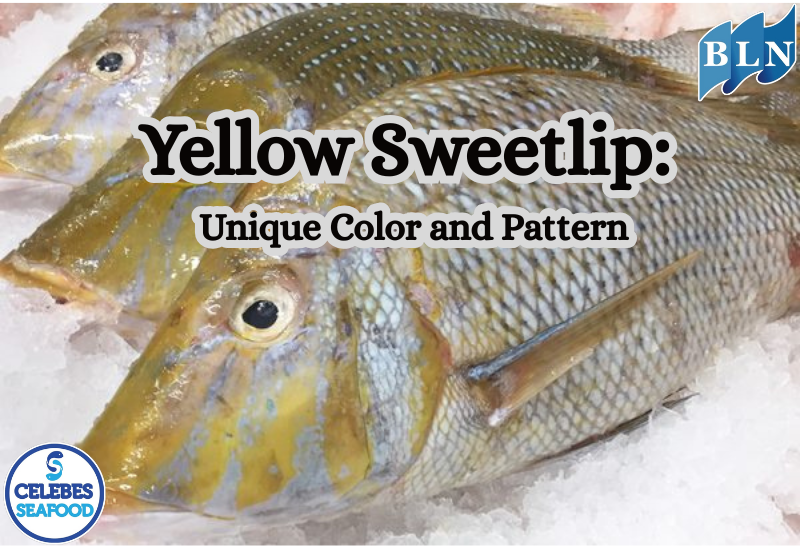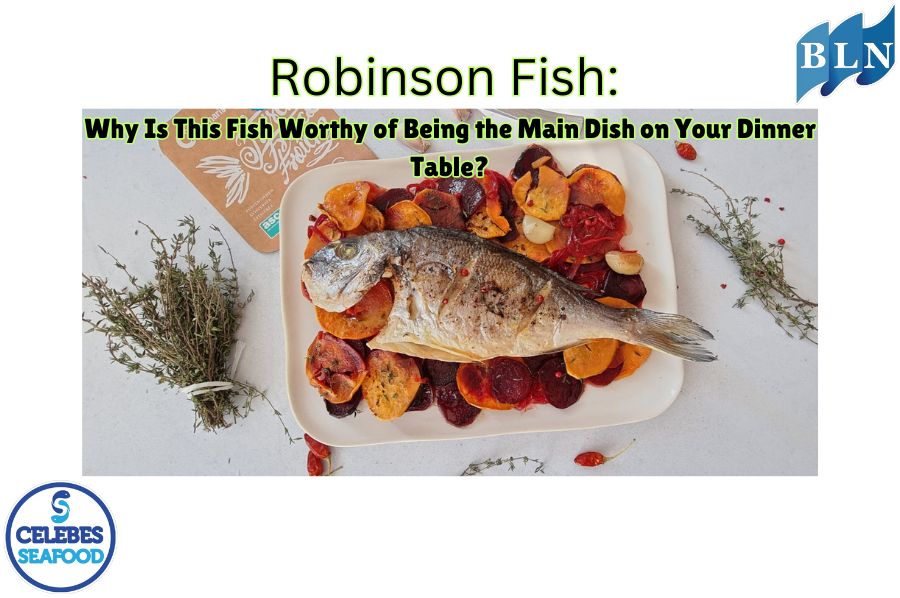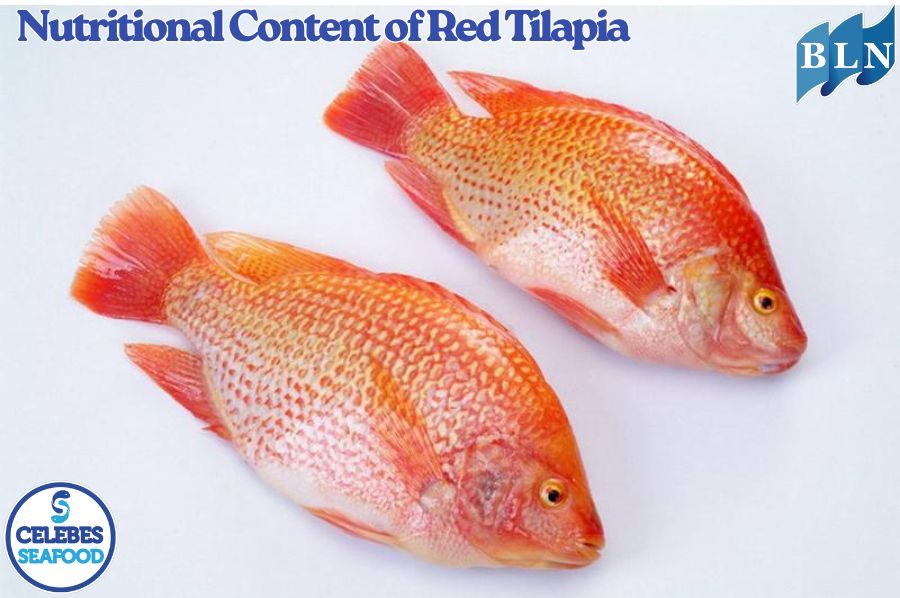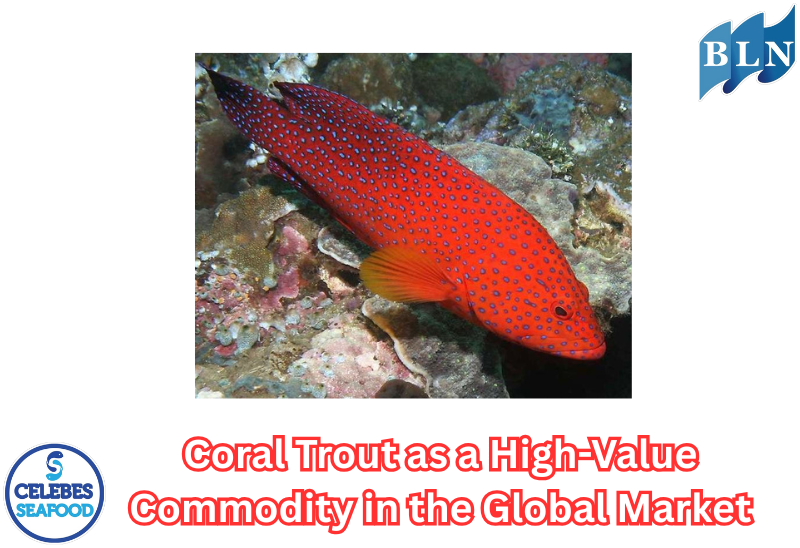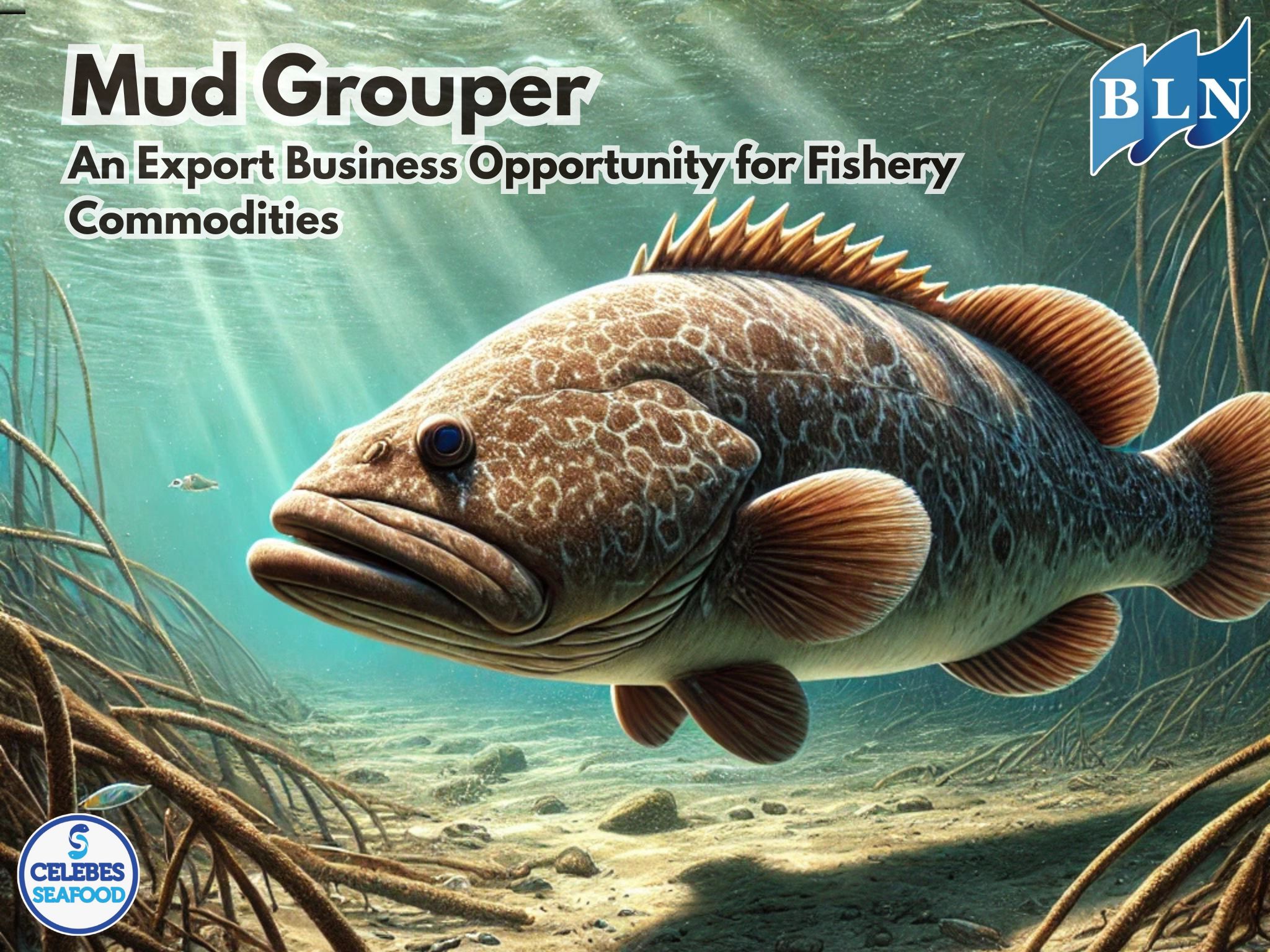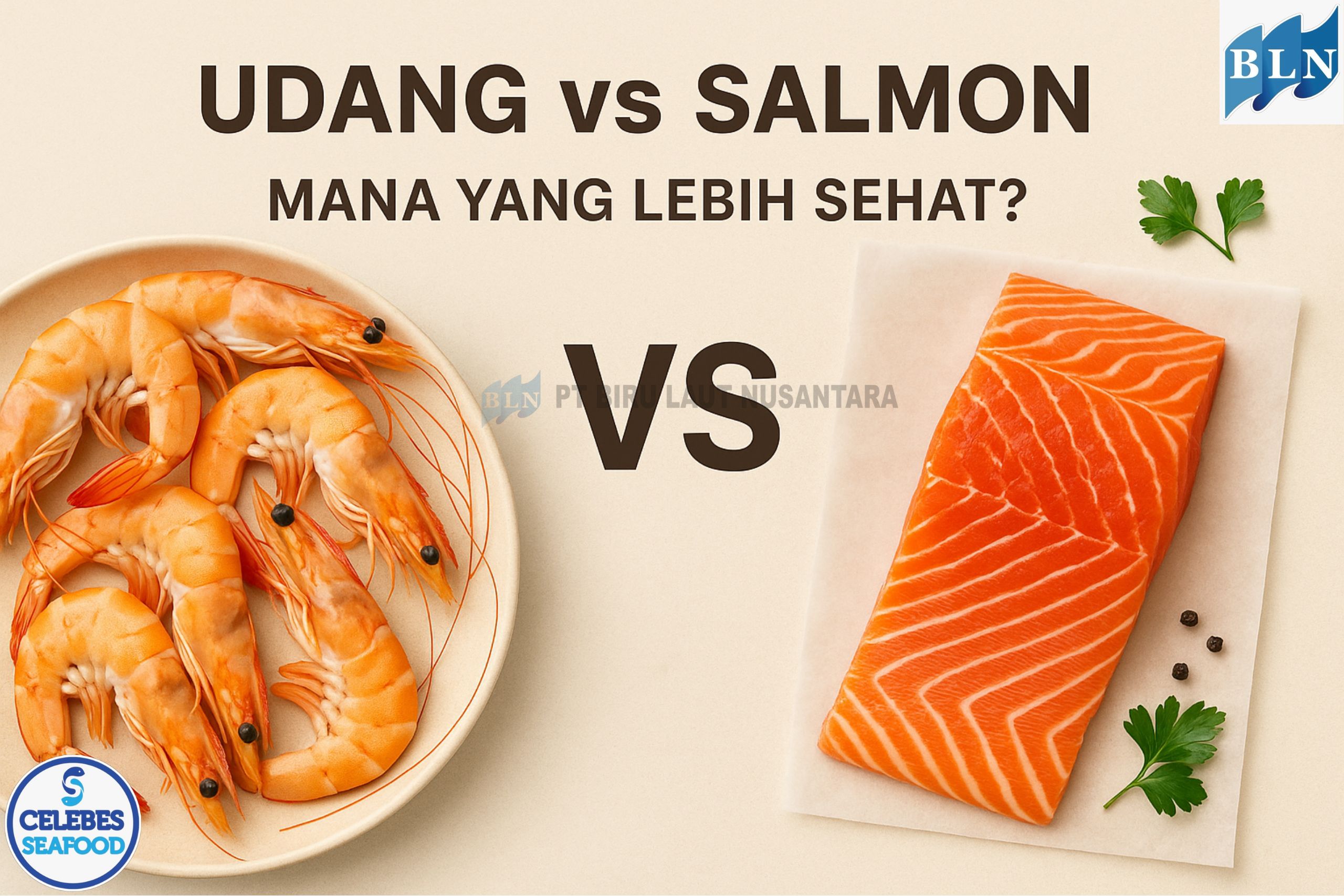Wastewater Treatment of Fisheries Industry
By. Rani - 23 Jan 2025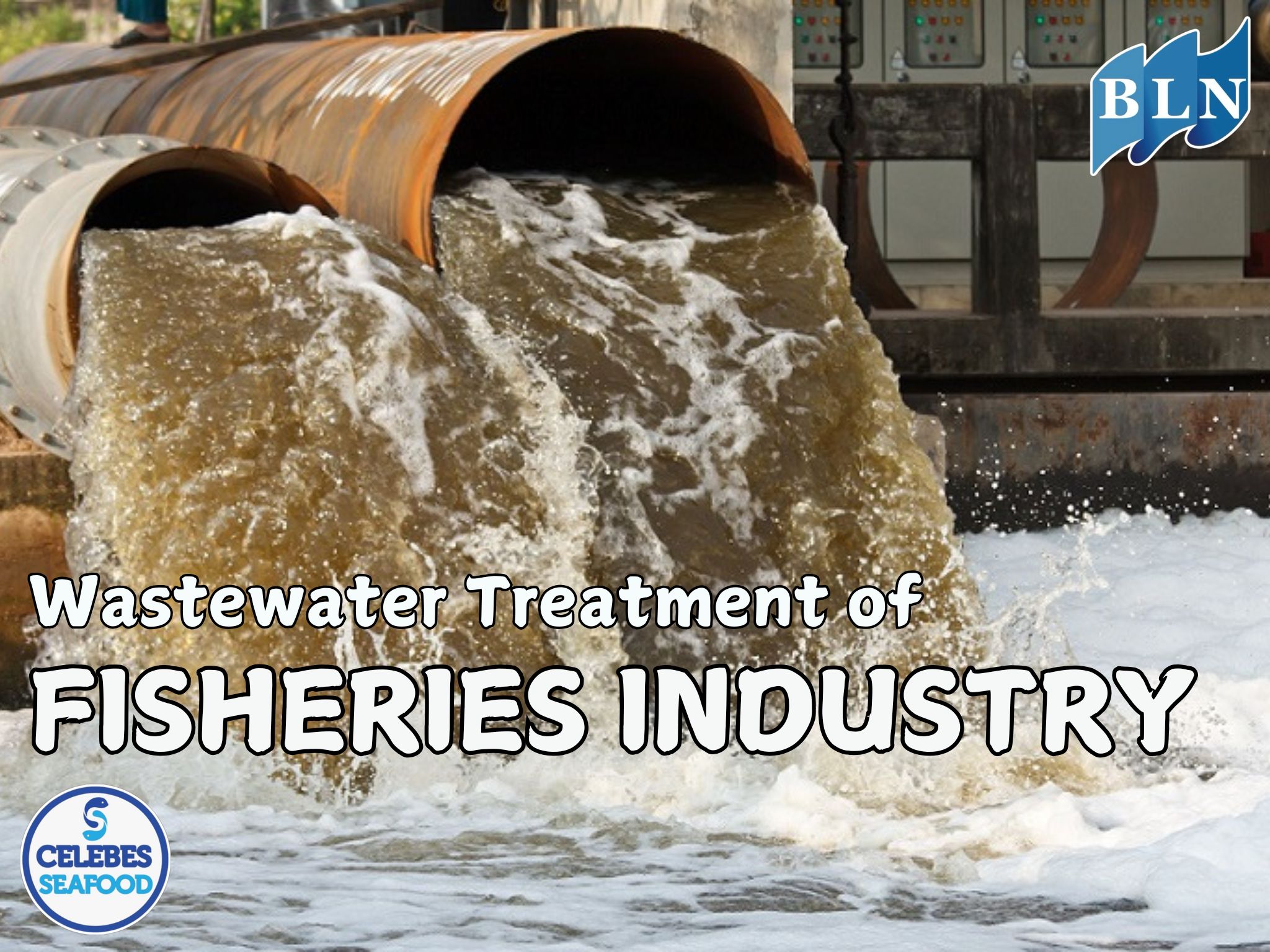
lautnusantara.com The waste from the fisheries industry has the potential to cause pollution because it contains proteins and fats that are dissolved, suspended, and easily decomposed. The forms of pollution that arise are groundwater and surface water pollution, air pollution in the form of bad odors, changes in the use of water bodies (especially river water for drinking, bathing, and cultivating aquatic biota) and other forms of pollution.
Fish freezing industry waste consists of two types, namely solid waste and liquid waste. Of the two types of waste, liquid waste is the largest part and has the potential to pollute the environment. The source of liquid waste produced comes from the process of cleaning and washing the fish. According to Ibrahim (2005), liquid waste is in the form of mucus, blood and water from washing fish and solid waste is in the form of bones, meat, fins, digestive tract or gills.
Management of liquid waste from the fishing industry is very important to maintain environmental sustainability, especially the waters around industrial areas. Liquid waste that is not properly processed can pollute water, disrupt ecosystems, and endanger human health. The following are
Processing of liquid waste from the fisheries industry In addition to handling it so that there is no pollution to the environment, liquid waste can also be utilized considering the high nutrient content in the waste.
There are several ways to process liquid waste that can be done in industry, namely:
- Physical waste processing By separating visible and large-sized impurities using filtration or physical treatment. The process includes sedimentation, floatation, absorption, and screening.
- Chemical waste processing The addition of chemicals to precipitate/separate/remove impurities in the liquid waste. The process includes coagulation, oxidation, ion exchange, degradation, ozonation, and others.
- Biological waste processing Using living biota or microbes to decompose pollutants in liquid waste. The process includes aerobic, anaerobic, facultative.
One of them is fish waste can be used as organic fertilizer in liquid and solid form. According to Aditya (2015) which in the study utilized fish waste as solid organic fertilizer using 0.5 kg of rice bran 25 ml of molasses 10% water and EM4 as a bioactivator using three levels of treatment and the addition of different fish waste including treatment 1, 2 kg, treatment 2, 3 kg, treatment 3, 4 kg. The results of the study showed that treatment 3 using 4 kg of fish waste was the best treatment in making solid organic fertilizer with an average pH value of 6.85, water content of 32.86%, total nitrogen 2.26%, and total phosphorus 1.44% and total potassium 0.95%.

